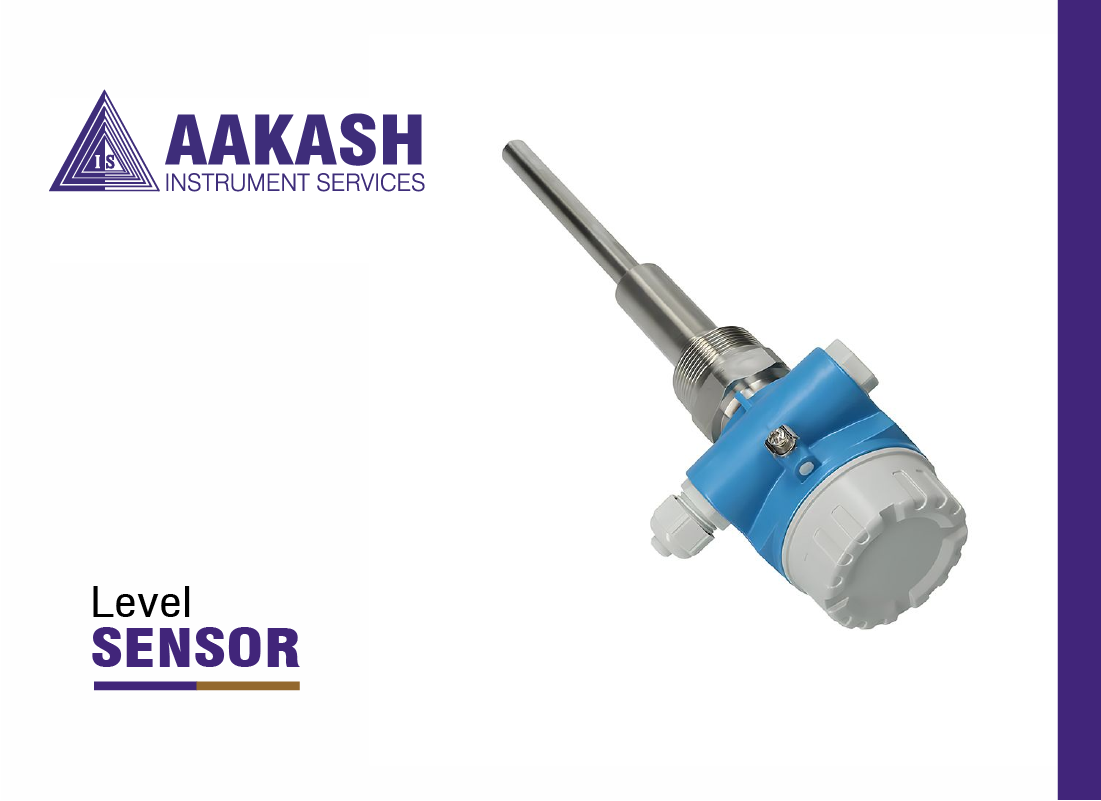We're here to assist you with any questions, concerns, or inquiries you may have.

A level sensor is an apparatus created to oversee, uphold, and gauge the levels of liquids (and occasionally solids). After detecting the liquid level, the sensor transforms the gathered information into an electrical signal. Level sensors are predominantly utilized in the manufacturing and automotive sectors, although they can also be found in various household appliances, including refrigerators' ice makers.

1. Accuracy: High-precision sensors ensure reliable, repeatable measurements.2. Range: Available for measuring levels in small containers to large tanks or silos.3. Response Time: Provides real-time or near real-time measurements for monitoring and controlling processes.4. Compatibility: Designed to work with various types of liquids, powders, and solids.5. Output Signal: Provides analog, digital, or switching outputs for integration with control systems.6. Temperature and Pressure Rating: Operates under a wide range of temperatures and pressures.7. Installation and Maintenance: Easy to install and maintain, some require calibration or cleaning.8. Self-Diagnostics: Detects faults or issues, improving reliability and reducing downtime.
1. Type: Contact or non-contact level sensor determines measurement method and environment.2. Sensing Range: Determines sensor's ability to detect liquids or solids accurately.3. Factors: Temperature range, pressure capability, material compatibility.4. Output Signal Type: Analog or digital output signal type.5. Installation Requirements: Ensures seamless integration into existing system.6. Understanding these specifications is crucial for selecting the most suitable level sensor.
There are two primary categorizations for level sensors: point level sensors and continuous level sensors. Point level sensors are specifically designed to indicate whether a liquid has reached a particular point within a container. On the other hand, continuous level sensors are utilized to provide accurate measurements of liquid levels. Furthermore, level sensors can be further classified into invasive and non-contact sensors. Invasive sensors establish direct contact with the substance being measured, whereas non-contact sensors employ sound or microwaves.